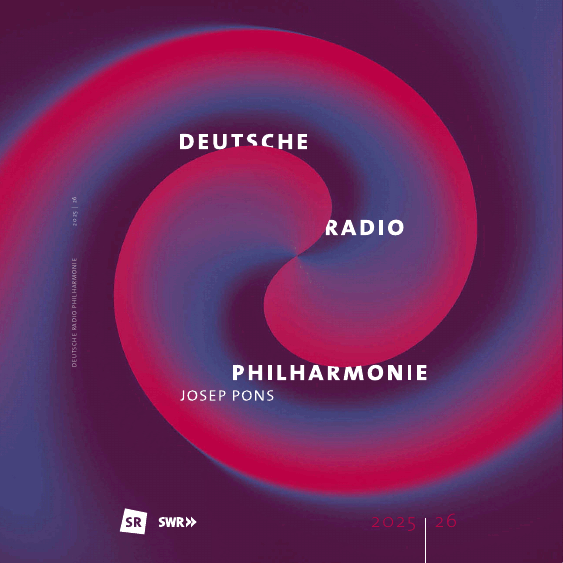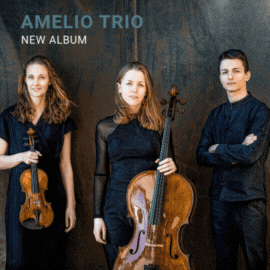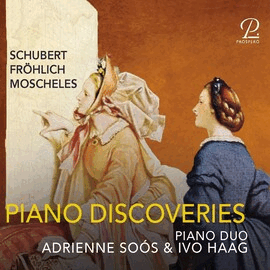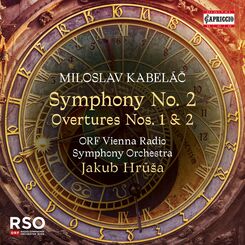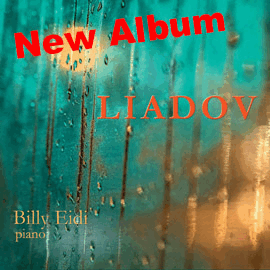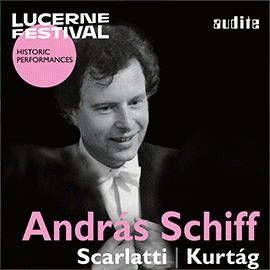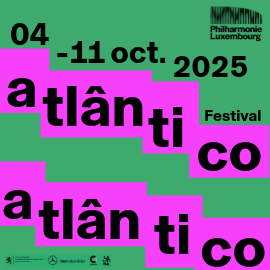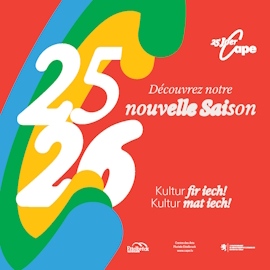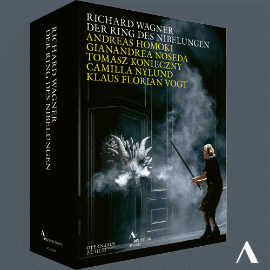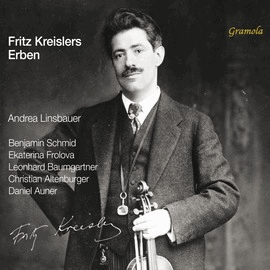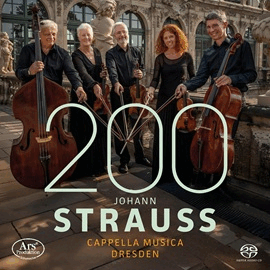Der tschechische Komponist Miloslav Kabelac gilt, obwohl wenig bekannt, als einer der bedeutendsten tschechischen Symphoniker. Sein Werk umfasst fast alle musikalischen Gattungen mit Ausnahme der Bühnenmusik. Der wohl wichtigste Teil seines Schaffens sind die acht Symphonien.
Dirigent Jakub Hrusa kennt die Musik seit seiner Kindheit, wie er sagte: « Das Werk von Miloslav Kabelac stellt für mich fast seit meiner Kindheit ein Ideal dar, und zwar mit aller Ernsthaftigkeit, die einen Musiker der Moderne ausmacht. Es ist ein kleines großes Wunder: Kabelac biedert sich nie an und reißt doch ständig mit, begeistert und dringt in die Tiefe der menschlichen Seele ein. Ich liebe an ihm seine Reinheit des Stils und den Mut, unter allen Umständen einer eigenwilligen, jedoch universell verständlichen kompositorischen Konzeption treu zu bleiben, die er für sich selbst festgelegt hat, ungeachtet einer Modelaune oder eines Windstoßes der Zeit. Kabelac ist für mich im künstlerischen Sinne eine moralische Autorität.“
Das Programm beginnt mit der virtuosen Orchesterouvertüre Nr. 1. Die Symphonie Nr. 2 ist laut Booklet ein « imaginäres Drama des Widerstreits gegensätzlicher Kräfte. » Die Musik ist in ihren drei Sätzen entsprechend ausdrucksvoll und spannend. Der erste Satz, Molto maestoso – Risoluto ist stellenweise lyrisch, anderwärtig aber auch leidenschaftlich kämpferisch, was in Hrusas kontrastreicher Interpretation sehr gut zum Ausdruck kommt.
Der langsame Satz, in dem das Altsaxophon eine tragende Rolle spielt, ist düster elegisch, mit einem aufgewühlten Mittelteil, und wird in dieser Aufnahme extrem bedrückend.
Der letzte Satz ist mit Allegro non troppo. Marciale überschrieben und beginnt mit einem rhythmischen Thema mit Schlagzeug und Pizzicato-Streichern, dem ein immer noch rhythmisches Fanfaren-Motiv folgt. Dieser Einleitungsteil strebt – mit einigen lyrischen Ruhepausen – dem Schluss zu, in dem die Fanfaren wichtiger werden und den monumentalen Schluss vorbereiten. Es ist dies ein absolut mitreißender Satz, dessen Energien Hrusa freilegt, ohne die Musik billig pompös werden zu lassen. Mithin ist dies eine fesselnde Interpretation eines wirklich großartigen Werks, das man gehört haben soll und das man dann auch nicht wieder vergisst.
Die knapp neun Minuten lang Zweite Ouvertüre op. 17 (1947) entstand laut Booklet-Angabe « als Einleitung zu einem Rundfunkprogramm, das anlässlich des zweiten Jahrestags des Mai-Aufstands am 5. Mai 1947 ausgestrahlt wurde. Sie ist stark rhythmisch und energetisch. Das im ganzen Programm hervorragend auftretende RSO Wien spielt sie kraftvoll, klanglich ausgewogen und transparent, was die Tonregie sehr gut eingefangen hat. Die räumliche Aufteilung der Aufnahme ist optimal und daher unbedingt hervorzustreichen.
Wie hatte doch Kollege Uwe Krusch nach dem Konzert mit der 2. Symphonie in Wien geschrieben, bei dem diese Aufnahme entstand: « Dieses im Wiener Konzerthaus erstmals zu hörende Werk ließ in dieser glänzenden Interpretation einen außerhalb seiner Heimat eher unbekannten Komponisten in einer leuchtenden Darstellung erstrahlen und hinterließ die begeisterten Zuhörer mit der Frage, warum man diese Musik nicht besser kennt. »
Miloslav Kabelac, a relatively unknown Czech composer, is considered one of the most important Czech symphonists. His work encompasses nearly every musical genre, except for stage music. His eight symphonies are arguably the most significant part of his body of work.
Conductor Jakub Hrusa has been familiar with his music since childhood. Hrusa said: « The work of Miloslav Kabelac has been an ideal for me almost since childhood, embodying the seriousness that defines a modern musician. It is a small, great miracle. Kabelac never panders yet constantly captivates, inspires, and penetrates the depths of the human soul. What I love about him is his purity of style and his courage to remain true to his idiosyncratic yet universally understandable compositional concept, regardless of fashion trends or the winds of change. To me, Kabelac is a moral authority in the artistic sense. »
The program begins with the virtuoso orchestral overture No. 1. According to the program notes, Symphony No. 2 is an « imaginary drama of conflicting forces. » The three movements of the piece are correspondingly expressive and exciting. The first movement, Molto maestoso – Risoluto, is lyrical in places but passionately combative in others. This contrast is expressed well in Hrusa’ interpretation.
The slow movement, in which the alto saxophone plays a leading role, is somber and elegiac, with a turbulent middle section. In this recording, it becomes extremely oppressive. The final movement, titled « Allegro non troppo, » Marciale, it begins with a rhythmic theme featuring percussion and pizzicato strings. This is followed by a rhythmic fanfare motif. This introductory section strives toward the conclusion with a few lyrical pauses, in which the fanfares become more important and prepare for the monumental finale. It is an absolutely thrilling movement, and Hrusa reveals its energies without allowing the music to become cheaply pompous. It is a captivating interpretation of a magnificent piece that one will never forget.
According to the booklet, the almost nine-minute Second Overture op. 17 (1947) was composed « as an introduction to a radio program broadcast on the occasion of the second anniversary of the May Uprising on 5 May 1947.
It is strongly rhythmic and energetic. The Vienna RSO, which performs excellently throughout the program, plays it powerfully, with a balanced and transparent sound, which the sound direction has captured perfectly.
As my colleague Uwe Krusch wrote after the concert in Vienna at which this recording of the 2nd Symphony was made: « This work, heard for the first time in the Vienna Konzerthaus, allowed a composer rather unknown outside his homeland to shine in this brilliant interpretation and left the enthusiastic listeners with the question of why this music is not better known. »
https://www.pizzicato.lu/entdeckung-aus-tschechien/



